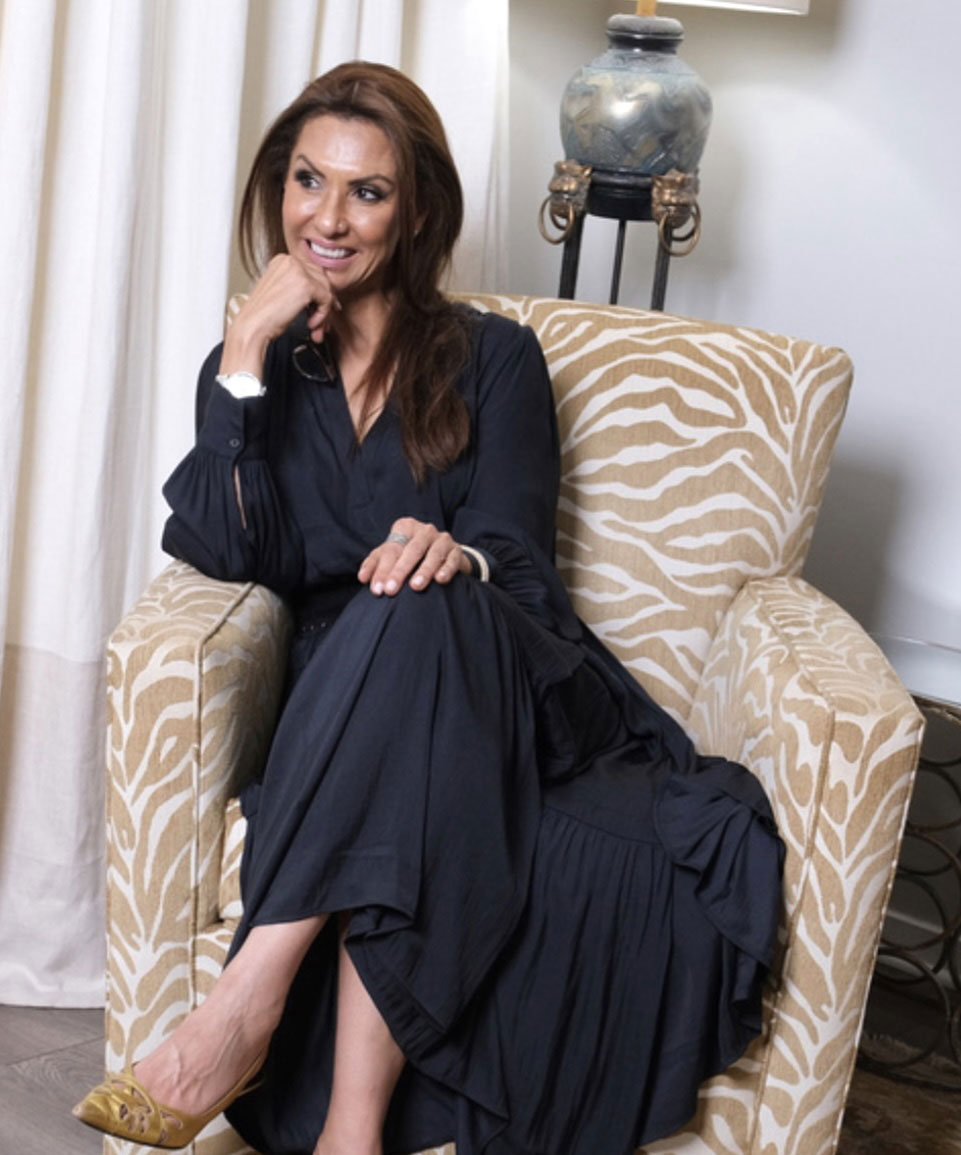Have you ever noticed how the colours in a room can affect your mood? Why do neutral, light environments make you feel more comfortable, while bright, vibrant rooms make you feel more energised? That’s because of colour psychology, which is the study of how colours affect our emotions. Colour psychology is a powerful tool that is applied in interior designing to create place and space appropriate moods.
For example, if you want to create a relaxing space, you might choose to use neutral colours like white, beige, and grey. If you want to create a more energetic space, you might choose to use brighter colours like red, orange, and yellow.
At Avantte Interior Designs, we love using colour to create beautiful and inspiring spaces. Whether you want to add a sense of subtlety to your room or go all out with a vibrant design, we can help you choose the right colours to create the desired effect :
As WHITE as a wedding gown

White is a basic colour that represents tranquillity, attentiveness, purity, and wholeness. This colour also represents newness. As a result, white dominates the minimalist interior design style, beach cottages, and outdoor patios. While it is a preferred colour for hospitals, clinics, spas, and wellness centres, it is also popular for wedding settings and design for home interiors.
PINK, like the kiss of a lover

A subtle glow radiates from pink walls, making both people and furnishings look brighter and more flattering. This makes pink bathroom ideas great for ensuring you look your best when getting ready for the day. Pink evokes the feeling of softness and feels like a warm grizzly hug.
The hue lends a richness to the overall tone of the light whether the purpose is to create an intimate vibe for a gathering or to prepare for a relaxing night’s sleep.
BLACK to your swan

Black is Dramatic and Mysterious. It is used to create a sense of Luxury and Sophistication. For a concept business facility, such as a restaurant or store, black is an apt choice. As a result, black is an excellent option for an urban and contemporary design for home interior projects. When using black in interior design, it is important to balance it out with other colours. Too much black can make a room feel dark and oppressive. However, a few well-placed black accents can add a touch of elegance to any place.
And it was all YELLOW

Yellow is a vibrant and cheerful colour that can add a touch of sunshine to any interior design. It is often associated with happiness, optimism, and creativity. Yellow can be used to create a variety of moods in a space, from warm and inviting to bright and energetic. The yellow colour in interior design styles for your home will energise individuals and boost the mood of the room. This colour is ideal for a retro interior design project with Bauhaus influences.
Paint the town R.E.D

Red is linked to passion and love. It is a colour that provokes strong emotions. The shade, especially in red living rooms can energise the mind and body.
This shade is associated with ambition, action, willpower and prestige, which is why it is a wonderful choice for home offices and creative areas. Red brings people together and fosters conversation in the living or dining room.
GO GREEN

Green is suitable for practically any room in the house, combining the revitalising energy of blue and the optimism of yellow. In colour psychology, green encourages thoughts of balance, growth, and repair. This rich yet balanced hue can be uplifting, energetic, and optimistic to work with. The colour also signifies trustworthiness and reliability, perhaps a perfect antidote to uncertainty.
Embrace BLUE, not Monday morning blues

Blue is known to give a feeling of stability. It is thought to lower blood pressure and slow breathing and heart rate. Deep, bright colours inspire confidence and are associated with traits such as loyalty, trust, peace, and success. This shade is generally advised for bedrooms and bathrooms where you want to create a pleasant ambiance because it is considered calming and quiet as part of your design for home interior style. Some studies also reveal that blue helps people focus better.
Colours possess cultural importance. The meaning of colours can vary depending on the culture. For example, White is often associated with purity, innocence, and cleanliness in Western cultures, but it is associated with grief and funerals in many Eastern cultures. Similarly, Red is generally associated with love and passion in Western cultures, but it is associated with luck and prosperity in some Eastern traditions. These cultural differences can have a big impact on how colours are used in design for home interior style.
When choosing colours for a place, it is critical to consider cultural nuances to ensure that the design is culturally appropriate. We at Avantte Interior Designs make sure that colours are keenly considered as per the client’s preferences and values.
So, the next time you’re decorating a room, think about the mood you want to create and choose colours accordingly. Colour psychology can have a big impact on how you feel in a space, so it’s definitely worth considering
Are you interested in learning more about colour psychology and the psychology of interior design? Read more about it on Avantte Interior Designs









